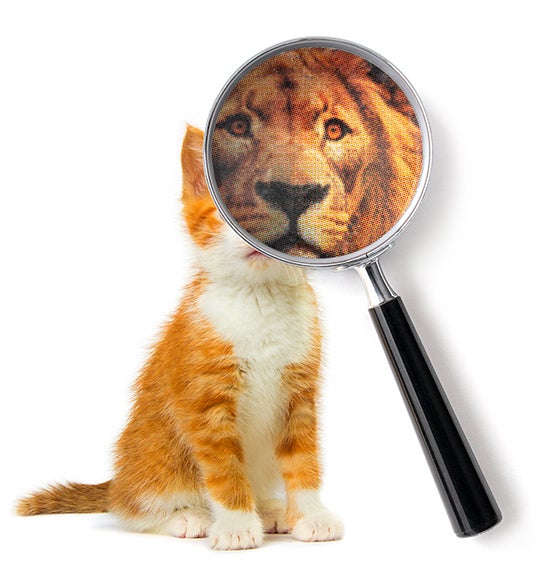The Appearance of Trust
An experiment challenges our ability to judge a book by its cover.

Spring 2023
By Amy McCaig
Handing over the car keys to a parking attendant. Selling and buying items online. Driving through busy intersections — or taking turns at a four-way stop. Many daily, yet consequential, actions depend on one stranger trusting another, said Rick Wilson, the Herbert S. Autrey Professor of Political Science and professor of statistics and psychology. But what is such trust based upon — and how accurate are our decisions around trust?
Wilson and co-author Catherine Eckel, a Texas A&M University economist, recently published their findings on whether individuals can accurately predict trustworthiness based on personal appearance alone. In the paper, which appeared in the journal Political Behavior, Wilson and Eckel introduce their findings with an epic example of misplaced trust on a global political scale.
“In 2001, George W. Bush proclaimed that he looked into Vladimir Putin’s eyes and found the Russian leader to be ‘trustworthy.’ Many people claim to be able to read their counterparts in bargaining settings; there is little doubt that this would be a valuable skill. … How often do they get it right?”

As it turns out, the authors found that making accurate surface judgments about trustworthiness in another individual is almost impossible. Building on data collected from a prior trust experiment, Wilson and Eckel asked participants to view photographs of the previous study’s subjects and, without any additional context or information, predict the trustworthiness of their decisions. The researchers also added a monetary incentive — correct guesses would be rewarded. It didn’t help. “While people are confident in their ability to quickly read the faces of others, they rarely do better than chance.”
Worse, the authors “found that subjects were influenced by stereotypes based on the features seen in the photos, including gender, skin color or attractiveness,” which means that relying on stereotypes in snap judgments around trust can end up reinforcing those stereotypes and lead to costly mistakes.
